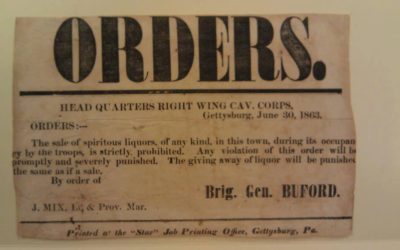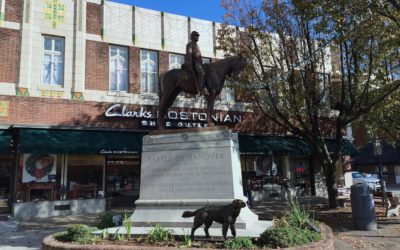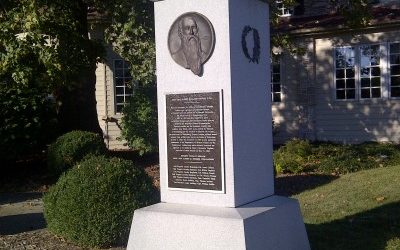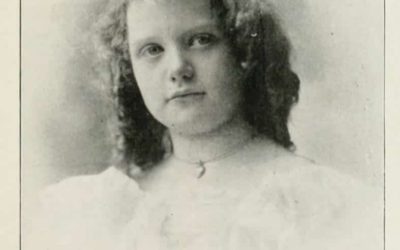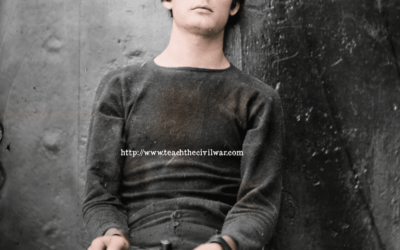Featured categories
Latest Posts

Harriet Tubman: From Conductor to Soldier
Former slave Harriet Tubman who had already avoided terrible dangers guiding people north on the Underground Railroad, continued her fight for freedom during the Civil War. On June 2nd, 1863, she played a critical role in a daring military raid, the first led by a...
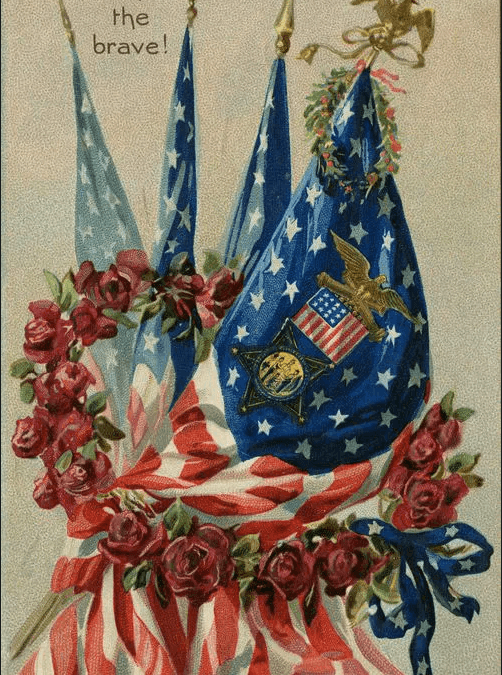
The Origin of Memorial Day in Charleston, South Carolina
Memorial Day, often associated with barbecues and the unofficial start of summer, holds a far deeper significance rooted in the sacrifices of those who fought for the ideals of freedom and unity. While the official holiday originated from the Grand Army of the...
June 30 1863 – Prelude to Gettysburg
After some minor skirmishes, Major General John Buford is convinced that the Confederates are near the small town of Cashtown and that they will be marching on Gettysburg the next day. Buford sends a message to Gen. John Reynolds to come up quickly while he holds...
Prelude to Gettysburg – The Battle of Hanover
The Battle of Hanover, Pennsylvania was a small skirmish between Union and Confederate cavalry that had a significant impact on the Gettysburg Campaign by delaying Confederate General JEB Stuart. Gen. Judson Kilpatrick’s division of Union cavalry dashes north to...
Battle of Sterretts Gap
In June 1863, the Confederates Army was advancing up the Cumberland Valley in Pennsylvania and was led by a cavalry brigade under General Albert G. Jenkins. Jenkins and his men arrived in Carlisle on June 27, then continued east toward the town of Mechanicsburg....
Laura Talbot Galt – Marching Through Georgia
The following is taken from the Confederate Veteran (1902): A strange report comes from a public school in Louisville. It is that "Marching through Georgia" is sung in school there. A special in the Atlanta Constitution states that Laura Talbot Galt, aged thirteen, a...
President Lincoln’s Call for Volunteers
On April 15, 1861, President Lincoln issued a proclamation calling for 75,000 volunteers to put down the rebellion.
Civil War in Color Series – Lincoln Assassination Conspirators
On April 14, 1865, at the climax of a performance of Our American Cousin at Ford’s Theatre in Washington, D.C., actor John Wilkes Booth entered Abraham Lincoln’s private balcony and shot the president in the back of the head. In the hours and days that followed, Booth’s conspirators would be rounded up and locked in prison. I thought it would be fun to colorize a few of the key players in the assassination and share them with you.
